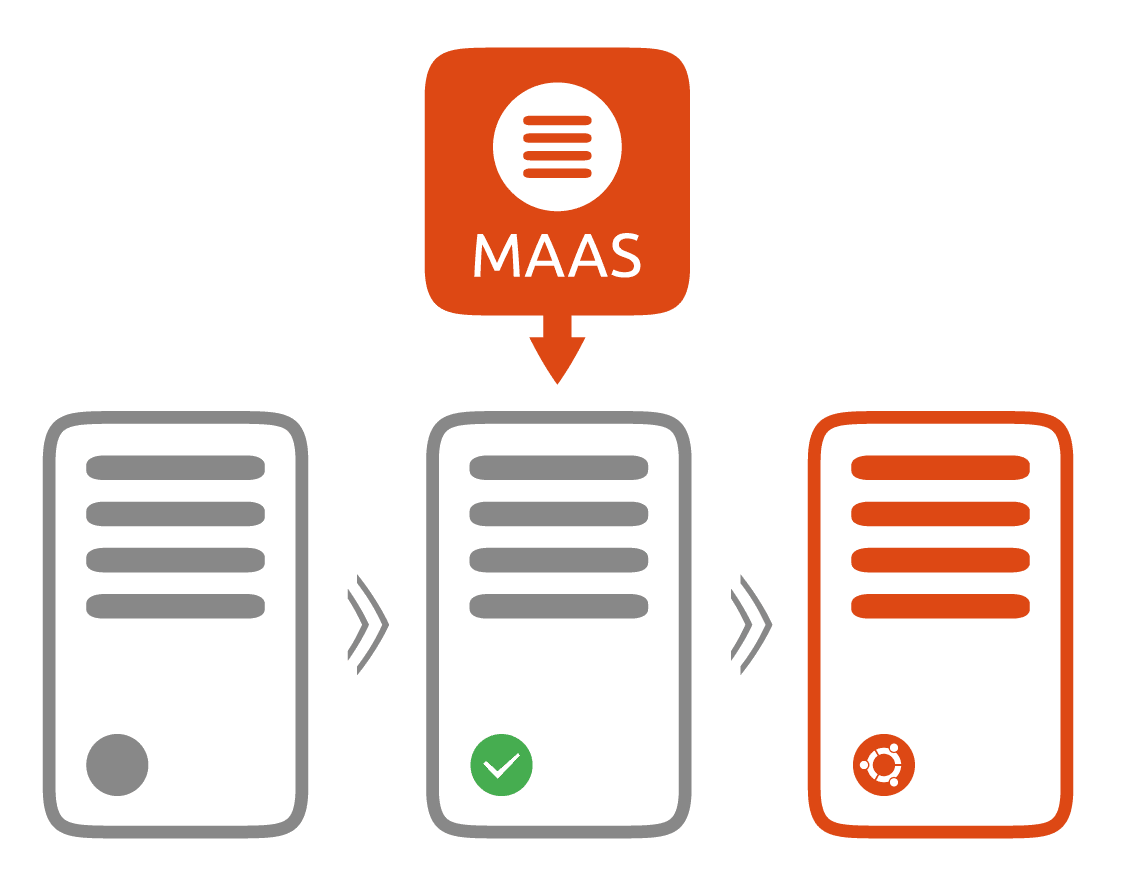Canonical
on 1 March 2019

The advent of virtualisation has significantly changed the way we use IT infrastructure. In theory, the ability to share single server resources to run multiple isolated operating systems provides flexibility and promises easy operations. However, in practice, managing virtualised infrastructure can be quite expensive and complex as a result of numerous features that require deep technical knowledge and extensive training. The challenge is even more evident when it is necessary to manage distributed infrastructure with only a handful of servers installed in every location.
Use cases range from enterprise applications and content delivery, to point of sale systems and shared file systems. Organisations are challenged with determining if their use case warrants the overhead and complexity that comes with complex virtualisation solutions, and if all of the optional features, prescriptive architecture, proprietary functionality and per-feature licensing, are truly required.
MAAS addresses the gap though use of KVM Pods. This solution allows administrators to utilise a physical host as a dedicated hypervisor and quickly create multiple KVM-based virtual machines. Based on workload requirements, infrastructure operators can easily allocate resources such as CPU, RAM and storage. This functionality extends and supplements the way MAAS manages physical infrastructure, as KVM Pods can reside side-by-side with dedicated bare-metal servers sharing the same network environment MAAS detects and configures.

KVM Pod hosting two virtual machines
On-demand, simple and automated creation of virtual machines provides businesses with the infrastructure needed for back office applications and can follow the same operation processes utilised for real servers. KVM Pods are a great example of technology abstracting complexity of hypervisor configuration and delivering resources when and how organisations need them.
To learn more about KVM Pods and how to use them for SME needs, please try the latest MAAS release at maas.io and KVM Pods tutorial.



